Affiliate links on Android Authority may earn us a commission. Learn more.
Original Samsung Galaxy Note second only to iPhone in setting trends
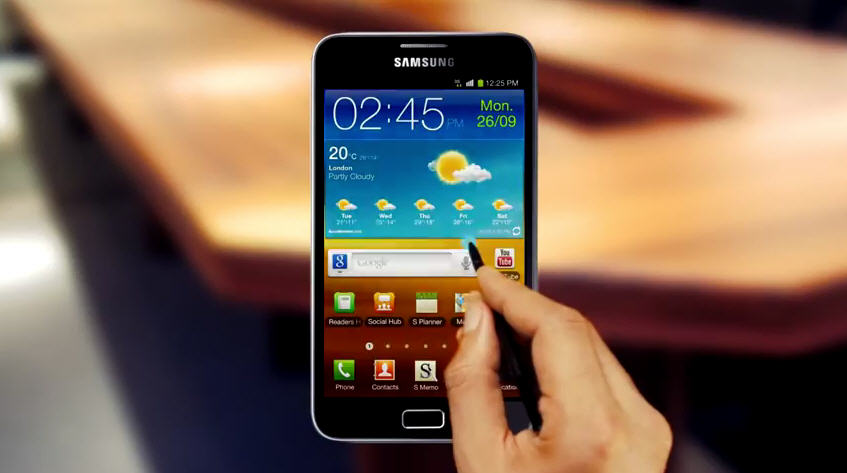
In the summer of 2011, Samsung took a chance on a new phone. Meant to complement — and yet also supersede — the Galaxy S series, the Samsung Galaxy Note was a harbinger of things to come in ways Samsung likely never imagined.
The phone offered a then-incredible 5.3-inch 1,280p display, a massive battery, and a stylus — a tool famously labeled a “failure” by former Apple CEO and iPhone visionary Steve Jobs. Eight years later, it’s clear the Galaxy Note is anything but a failure. In fact, quite the opposite as Android fans the world over look to Samsung to set the smartphone tone each year.
Here’s a look at the original Samsung Galaxy Note and what it meant for the smartphone market from the perspective of 2011.
Don’t miss: Samsung Galaxy Note 10 Plus review: Not the Note you know
A sea of smallness
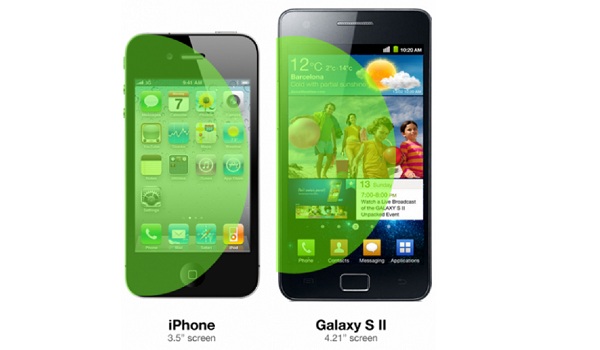
One of the most popular phones in the fall of 2011 was the Apple iPhone 4S, which had a 3.5-inch display. The dimensions of the iPhone 4S measured 114 x 59 x 9.4mm — quite tiny compared to today’s standards.
Sure, some Android devices had ratcheted things up to 4.3 inches or larger (check the HTCSensation or Motorola Droid X2), but that was about the limit of what consumers were willing to stick in their pockets at the time. The 4.3-inch display was more or less the standard at the time, and most Android devices were made of plastic.
The Galaxy Note shattered the preconceptions about what defined a smartphone.
As for software, the iPhone 4S ran iOS 5, the majority of Android phones were shipping with 2.3 Gingerbread, and, believe it or not, Windows Phone was up to version 7.5. Palm, the Pre, and webOS were already long gone.
Then the Galaxy Note came along and shattered the preconceptions about what defined a smartphone.
Go big or go home
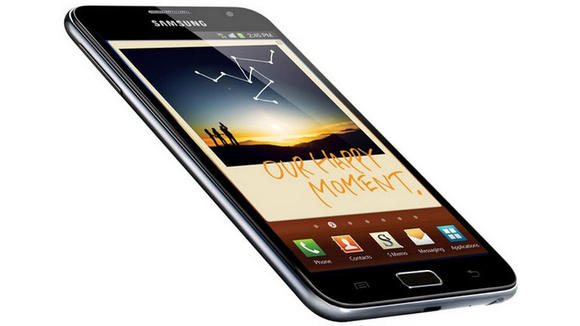
One impetus behind the Note was for Samsung to create a device that straddled the line between phone and tablet. The company also targeted professionals from the start. It sought out the on-the-go CEO who needed to punch out emails, look over documents, and make calls (something people still did back then!) while on the road.
These are why the Galaxy Note shipped with a 5.3-inch screen, one larger than any other phone at the time. Lots of room to work! Same applied to the stylus, which was viewed as a productivity enhancement. The stylus, or S Pen as it’s called by Samsung, supported handwriting, note-taking, and screenshot-marking.
The Note's size was the point. It was ostentatious and dwarfed the competition.
The screen had an odd 1,280 by 800 pixel shape that contributed to the phone’s width of 83mm, a fantastically awkward dimension. We won’t talk about the PenTile screen tech.
It stood tall at 147mm. When I reviewed the device, I called it “too big for most people” and said it should be reserved for Lebron James and Yao Ming.
You know what was also big? The battery. By today’s standards, the removable 2,500mAh power cell in the Galaxy Note may seem small, but in its day it was massive.
The Note’s size was the point. It was ostentatious and dwarfed the competition.
The promise of power
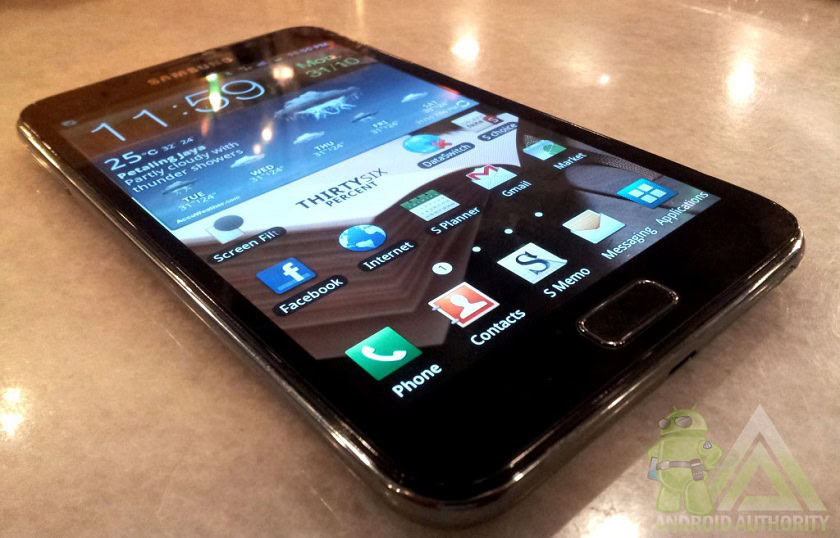
Multitasking hadn’t yet come to Android, and yet Samsung still found a way to entice enterprise buyers. The Galaxy Note supported some of the fastest wireless networks in 2011. In many countries that meant WCDMA/HSPA+, though in the U.S., South Korea, and Japan that meant LTE. AT&T offered the LTE variant to customers in the U.S. Though 4G networks were still in their growth stage, the speedy connection gave the Galaxy Note a shot in the arm.
Samsung made two versions of the device, one powered by a 1.4GHz dual-core Exynos 4210 with a Mali-400 GPU and the other by a 1.5GHz dual-core Qualcomm Snapdragon S3 with an Adreno 210 GPU. There was 1GB of RAM on board and either 32GB or 64GB of storage.
The main camera rated 8 megapixels and was able to record 1080p HD at 30fps. The front-facing camera was a more modest 2-megapixel shooter that could record VGA video. These were very good specs for the day.
Landmark
Devices have straddled the phone-tablet abyss as far back as 1993. Some devices perhaps considered phablets now, if not when they launched, include the HTC Advantage, Nokia N810 WiMax Edition, and the Dell Streak. None of these were truly successful.
The Samsung Galaxy Note was likely the first modern smartphone to be referred to as a phablet. It earned the name because its screen size was between those of most phones and the smaller tablets of the day.
Reaching 10 million in sales during the first year, the Galaxy Note was a bona fide success.
The initial market reaction to the Galaxy Note was one of curiosity, but not necessarily awe. It was widely derided as too large and unwieldy. Then, in December 2011, Samsung announced that it’d sold 1 million of them. The LTE model, which debuted in February 2012, helped push sales of the original Galaxy Note to 10 million by August 2012, just before the debut of the Note II. In other words, the Galaxy Note was a bona fide success.
The rest, as they say, is history.
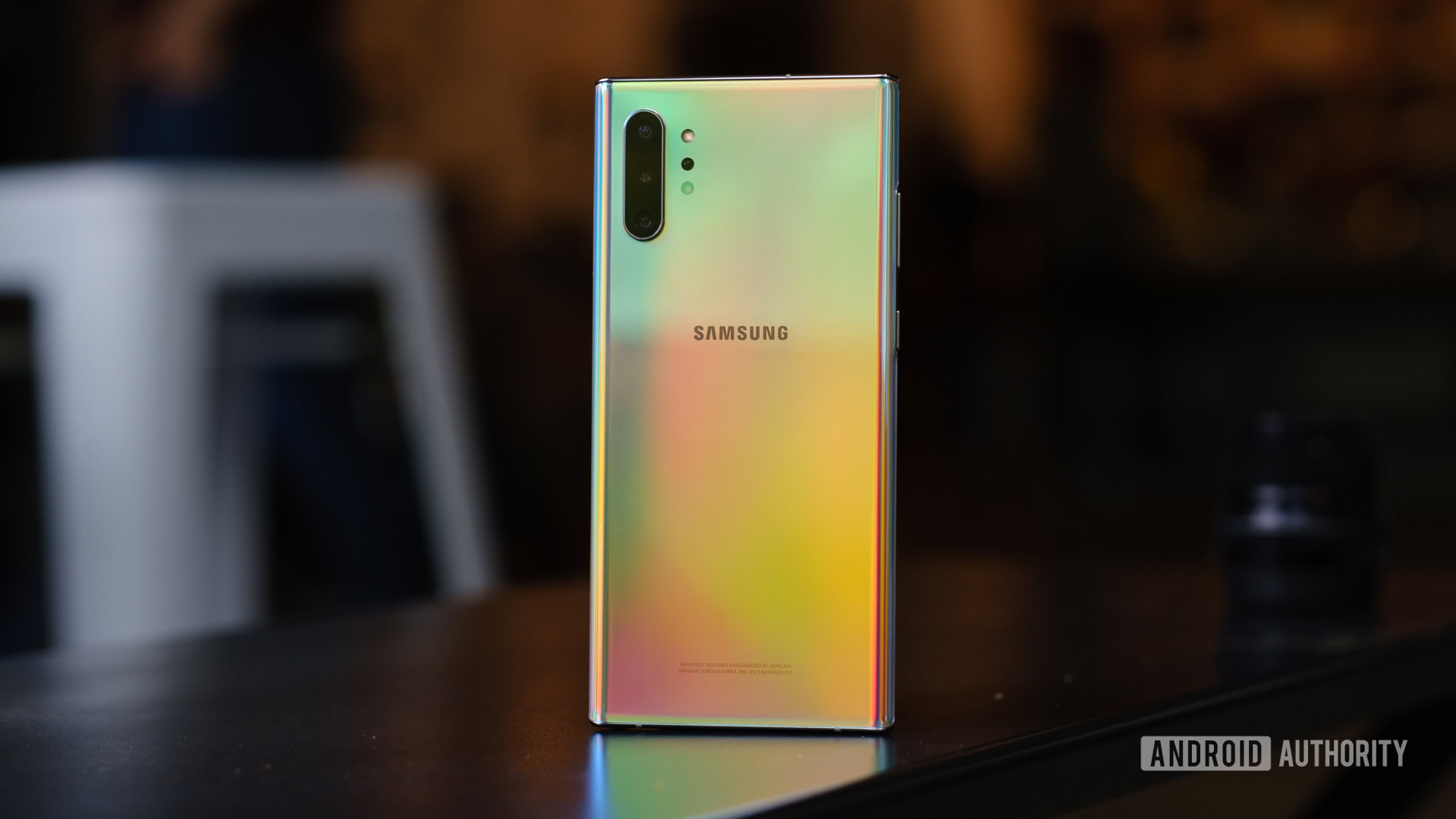
In September 2012, Samsung launched the Galaxy Note II. The follow-up phablet hit 10 million in sales within two months, and topped out at 30 million by the end of its first year. Subsequent versions of the phone (with the exception of the disastrous Note 7) enjoyed similar success.
Samsung’s competitors were quick to follow with phablets of their own and a new device segment fully took shape.
Samsung’s latest Note is its biggest yet, if not its best.